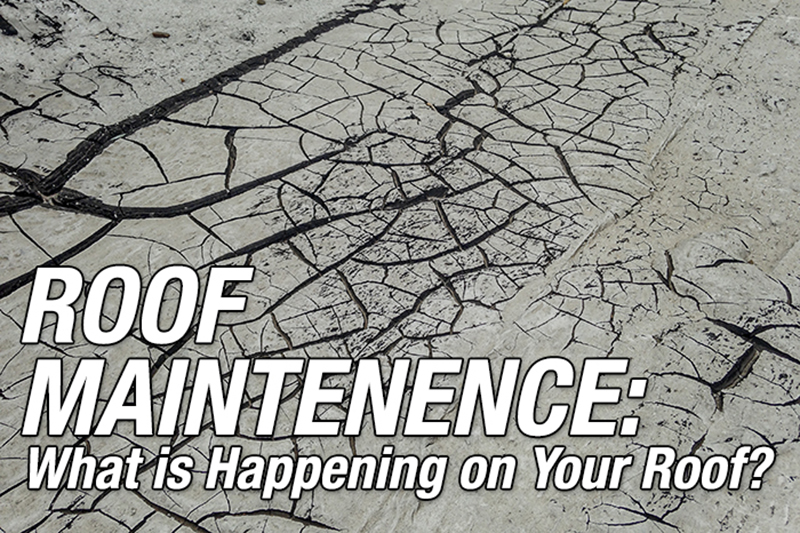By Jobba.
Over the last decade, RT3 member Jobba’s team has had the opportunity to work with thousands of successful roofing contractors. Not surprisingly, many of them have stated that their continuous growth was a direct result of increasing their service and repair work while also providing an exceptional customer service experience.
Recognize the Need for “Free”
These successful roofing contractors all understood one thing – that in order to have a steady pipeline full of prospects for their sales team and increase their service work, they needed to offer free, no obligation roofing inspections to get those customers in the door first.
Roofing companies that offer free inspections end up getting much closer to their potential customers – a lot faster. And, they are starting off the relationship on the right foot by positioning themselves as an advisor, identifying current and future problem areas on their roof right from the start.
It’s important to keep in mind that some activities that may currently be unprofitable can pay off in the long run if the customers are good long-term prospects. Sales efforts in 2019 will have a long-term impact on sales and profitability in 2020 and beyond.
Provide Detailed Inspection Reports
One of the ways to stand out from the competition is to provide a detailed roofing analysis report upon completion of the inspection. An Inspection Report instantly gives you more credibility and will also allow the prospective customer to make an informed decision on their roofing work – without having to set foot on the roof. These reports will provide the condition of the roof’s membrane, flashings, perimeter edge and fascia, expansion joint covers, pitch pockets and penetrations.
Inspection Reports should also indicate the exact locations in addition to describing and prioritizing the roof work needed (emergency vs. remedial) with any related costs and photos. These reports can also be used in preparing and submitting requests for warranty repairs.
Offer Ongoing Service Agreements
Your Inspection Reports should also ALWAYS be accompanied with an ongoing roof maintenance plan recommendation or Service Agreement which will maximize the capacity and longevity of their roof.
By offering customers ongoing Service Agreements, you create “sticky” relationships whereby customers stay loyal and continue to generate predictable revenue.
Consider offering a dedicated Service Agreement that includes a 2-hour emergency arrival time and locked-in rates that they can incorporate into their roof’s maintenance budget.
Get Ready for More Inspections
As the demand for your roofing inspections grow, you need to be able to manage them efficiently and offer an experience that keeps your customers happy. Here are some ways to be more efficient and profitable:
- Follow-up with inspection inquiries ASAP as they may be requesting a free inspection from multiple companies in the same day.
Track your inspection results and see how they measure up (i.e. how many new customers do your free inspections yield?). - Create a template for your Inspection Reports in which you can include photos, date stamps and canned recommendations for each deficiency.
- Create a template for your Service Agreement in which you outline the various roof maintenance options you offer.
- Store and track warranty information.
- Go paperless by granting your customers online access to project management tools that help them track job progress, expenses, costs and historical information for budgeting and future reference.
- Provide automated inspection and service/repair status updates via text or email.
Stay up to date on the latest roofing industry trends when you sign up for the RT3 Smart Brief e-newsletter.
Source: Jobba

